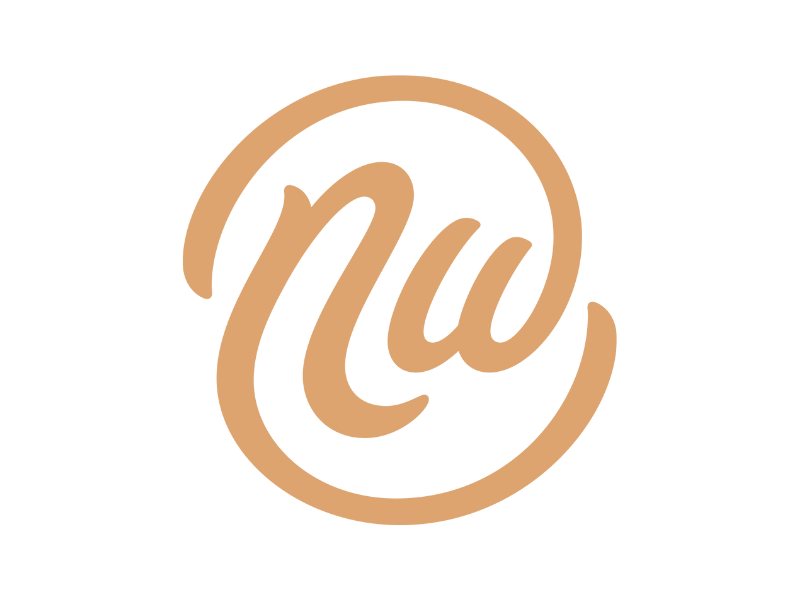Understanding Urge Incontinence: Causes, Symptoms, and Solutions
Brand Name: Nexwear
Website: www.nexwear.com
Urge incontinence, also known as overactive bladder, is a condition characterized by spontaneous contractions that release urine and lead to a persistent, strong urge to urinate. This involuntary leakage of urine can be distressing and impact one's quality of life. In this article, we will explore the causes, symptoms, and potential solutions for urge incontinence.
Causes of Urge Incontinence
Urge incontinence can be triggered by various factors, including:
- Stimulants: Consuming substances like caffeine, alcohol, and soda can irritate the bladder and contribute to overactive bladder symptoms.
- Medications: Certain medications may interfere with bladder function, leading to an increased urgency to urinate.
- Hormonal Shifts: Fluctuations in hormone levels, such as those experienced during menopause, can affect bladder control and contribute to urge incontinence.
- Underlying Health Conditions: Conditions like cancer, urinary tract infections (UTIs), Parkinson's disease, Alzheimer's disease, multiple sclerosis, diabetes, and general trauma can disrupt the normal functioning of the bladder and nerves, resulting in urge incontinence.
Symptoms of Urge Incontinence
Individuals with urge incontinence may experience the following symptoms:
- Sudden Urge to Urinate: A strong and sudden need to urinate that is difficult to control.
- Frequent Urination: Needing to urinate more frequently than usual, often during the night as well.
- Nocturia: Waking up multiple times during the night to urinate.
- Involuntary Urine Leakage: Experiencing urine leakage before reaching the bathroom due to the inability to hold back the urge to urinate.
Solutions for Urge Incontinence
Fortunately, there are several approaches to managing and treating urge incontinence. Here are some potential solutions:
- Lifestyle Modifications: Making certain lifestyle changes can help alleviate symptoms. This may include reducing or avoiding bladder irritants like caffeine and alcohol, maintaining a healthy weight, and practicing pelvic floor exercises.
- Medications: Certain medications, such as anticholinergics or beta-3 agonists, can help relax the bladder muscles and reduce the urgency to urinate.
- Behavioral Techniques: Techniques like bladder training, scheduled voiding, and double voiding can help regain control over the bladder and reduce the frequency of urge incontinence episodes.
- Medical Interventions: In some cases, more advanced interventions like nerve stimulation, Botox injections, or surgery may be recommended to manage urge incontinence.
Introducing Nexwear
Nexwear is a brand dedicated to providing innovative and discreet solutions for individuals dealing with urge incontinence. Our range of products is designed to offer comfort, confidence, and peace of mind to those managing this condition.
Visit our website at www.nexwear.com to explore our collection of high-quality incontinence products. We offer a variety of absorbent pads, protective underwear, and other discreet options to help you manage urge incontinence effectively.
Remember, urge incontinence is a common condition that can be effectively managed with the right strategies and support. Don't let it hinder your daily life. Take control and regain your confidence with Nexwear.
Disclaimer: This article is for informational purposes only and should not be considered medical advice. Please consult with a healthcare professional for proper diagnosis and treatment of urge incontinence.
